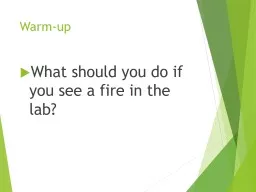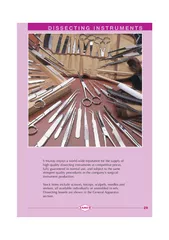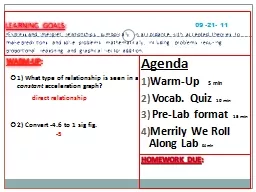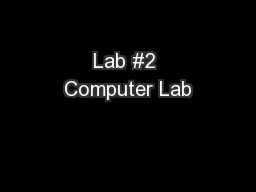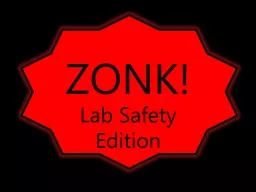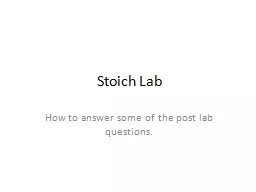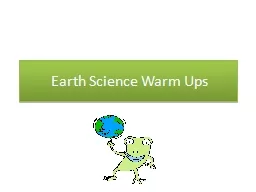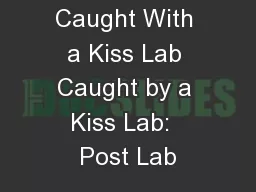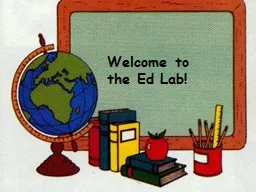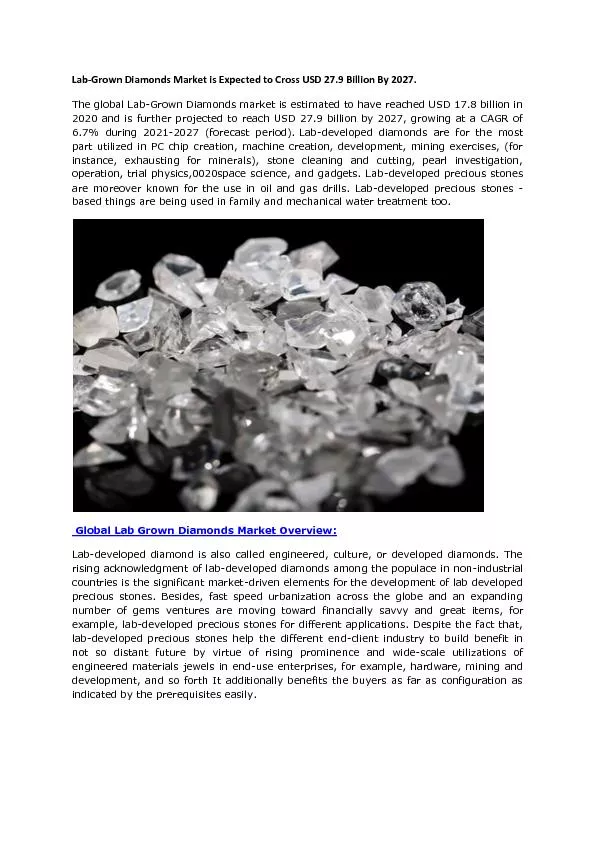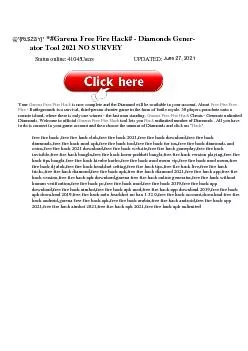PPT-Warm-up What should you do if you see a fire in the lab?
Author : thousandnike | Published Date : 2020-06-16
Unit 1a The scientific method Or never say I have a theory The scientific method Pattern of logical investigation involving stating a problem forming a hypothesis
Presentation Embed Code
Download Presentation
Download Presentation The PPT/PDF document "Warm-up What should you do if you see a ..." is the property of its rightful owner. Permission is granted to download and print the materials on this website for personal, non-commercial use only, and to display it on your personal computer provided you do not modify the materials and that you retain all copyright notices contained in the materials. By downloading content from our website, you accept the terms of this agreement.
Warm-up What should you do if you see a fire in the lab?: Transcript
Download Rules Of Document
"Warm-up What should you do if you see a fire in the lab?"The content belongs to its owner. You may download and print it for personal use, without modification, and keep all copyright notices. By downloading, you agree to these terms.
Related Documents

